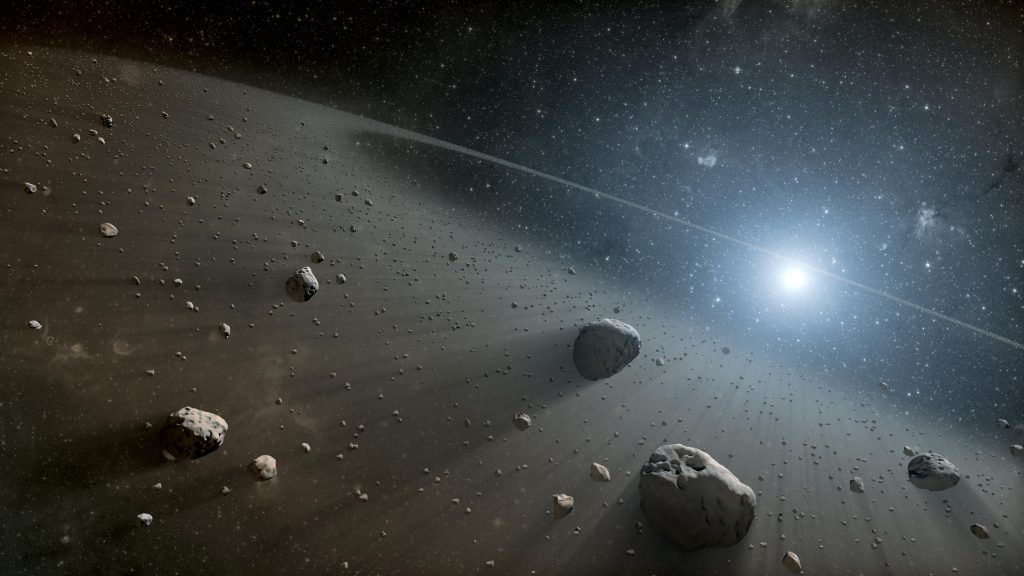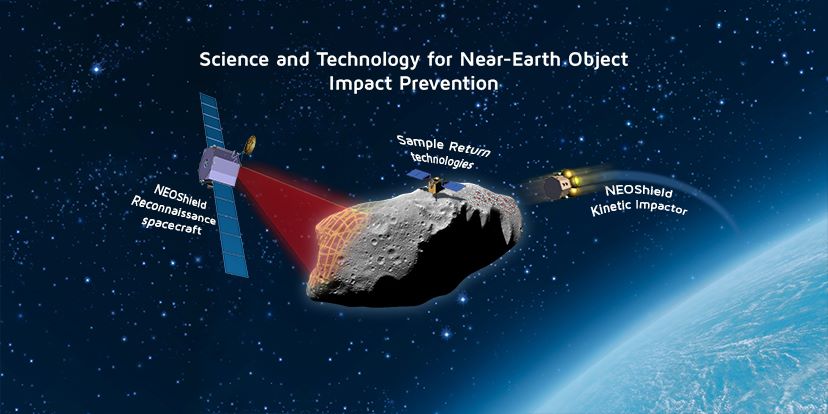An asteroid strike is just a matter of time, scientist from Queen University says
A leading professor from Queen’s University Belfast warns that an asteroid strike is imminent. Astrophysicists are already studying Near-Earth Asteroids in order to better understand the dangers they pose.
One day in 1908, a small asteroid exploded over Tunguska, Siberia, devastating 800 square miles. A similar event is not only possible but imminent scientists say. In preparation for Asteroid Day, Professor Alan Fitzsimmons from the University’s Astrophysics Research Centre warns that it is a case of when an asteroid collision will happen, rather than if it will happen.
Fitzsimmons teamed up with scientist Brian Cox and astronauts such as Rusty Schweickart from Apollo 9 and International Space Station astronaut Nicole Stott in order to highlight the dangers of an asteroid impact.
The professor says that until now, scientists have discovered over 1,800 Near-Earth Asteroids but a significant number of them are still to be discovered. While some of the asteroids are harmless, others could have devastating effects and further research is needed so that another Tunguska event does not take us by surprise.

“It is important to know that scientists and engineers have made great strides in detecting Near-Earth Asteroids and understanding the threat posed by them”, Professor Fitzsimmons commented.”Over 1,800 potentially hazardous objects have been discovered so far, but there are many more waiting to be found. Astronomers find Near-Earth Asteroids every day and most are harmless. But it is still possible the next Tunguska would take us by surprise, and although we are much better at finding larger asteroids, that does us no good if we are not prepared to do something about them.”
Scientists from 70 countries will hold special events on Asteroid Day in order to better inform the public regarding the dangers posed by near-Earth objects and highlight the need for investments not only in the field of asteroid discovery but also asteroid deflection.
Professor Fitzsimmons is a member of the NEOshield-2 project, funded by the European Research Council to study how to deflect dangerous asteroids. Queen’s University is also a partner in the Pan-STARRS project in Hawaii, the most successful asteroid hunter currently in operation, as well as the Large Synoptic Survey Telescope project, which will provide a quantum leap in asteroid discoveries.

Near-Earth Objects, also called NEOs, are comets and asteroids that have been nudged by the gravitational attraction of nearby planets into orbits that allow them to enter the Earth’s neighborhood. Some of the NEOs are Potentially Hazardous Asteroids, which have threatening close approaches to the Earth.

Scientists have also compiled an Earth Impact Database, which contains 190 confirmed hits from comets or asteroids.